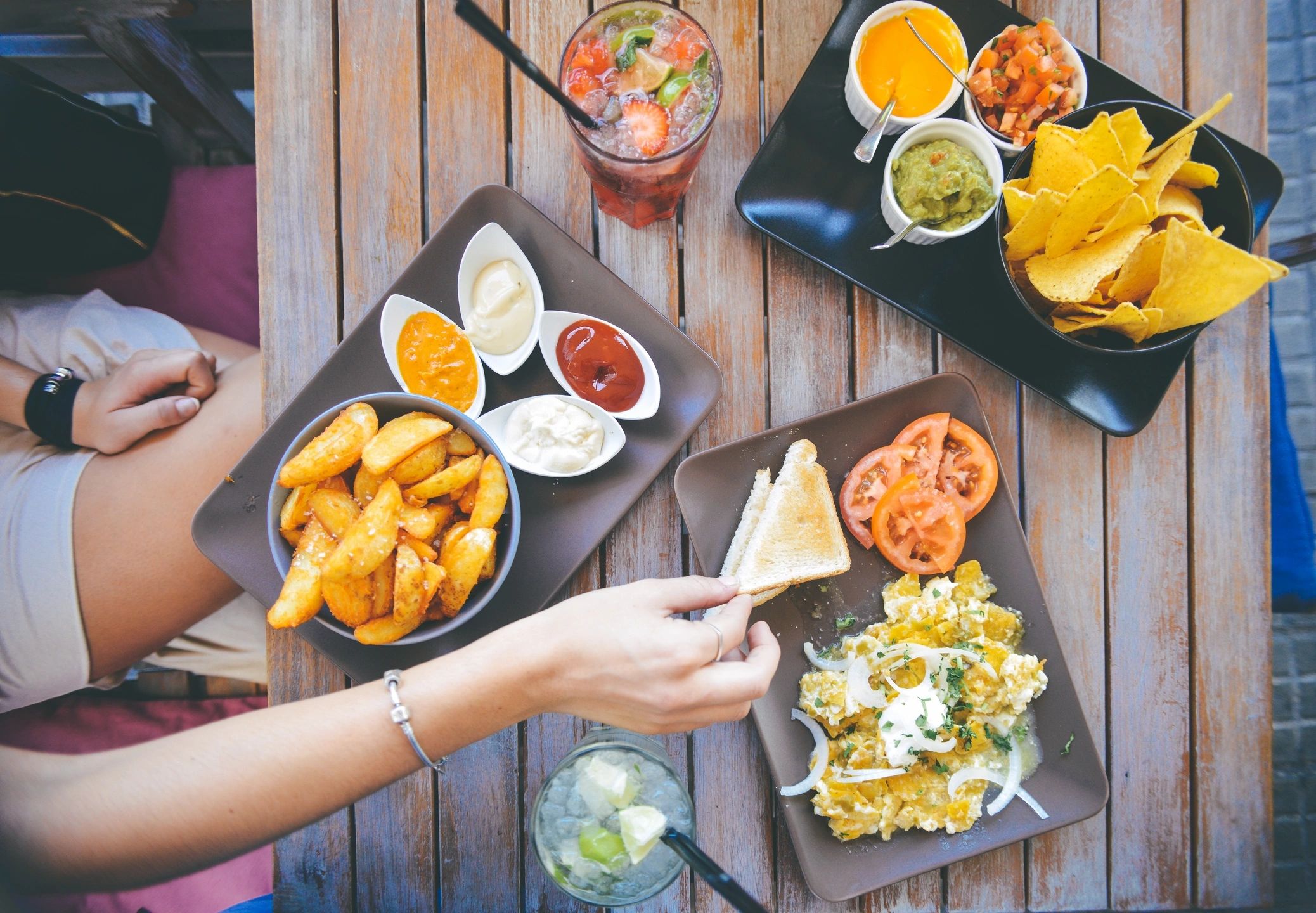Introduction
In an era of evolving diner expectations, tasting menus are making a significant comeback—not just in fine dining but across all kinds of restaurants looking to offer an elevated, curated experience. When you add the power of seasonality and local sourcing, you create something truly compelling: a tasting menu that’s rooted in your region, reflects culinary trends, and sets your restaurant apart.
A seasonal tasting menu lets you tell a story through food, celebrate what’s fresh and local, and offer a limited-time experience that drives bookings and buzz. Whether you’re a neighborhood bistro or a chef-driven concept, it’s one of the most effective ways to capture the attention of curious diners and showcase your kitchen’s creativity.
Let’s explore how to build one that’s both trend-forward and true to your brand.
The Value of Seasonality in Menu Design
Modern diners care deeply about what’s on their plate—and when it’s on their plate. There’s a growing appreciation for food that’s:
• Fresh and in-season
• Locally sourced and environmentally conscious
• Reflective of the moment in time and place where it’s served
Beyond flavor, seasonal ingredients often offer cost efficiency and easier availability. Think:
✔ Spring = tender herbs, greens, asparagus
✔ Summer = heirloom tomatoes, stone fruits, sweet corn
✔ Fall = squash, root veggies, wild mushrooms
✔ Winter = preserved goods, citrus, game meats
Using these ingredients helps you create menus that evolve with the landscape, keeping diners engaged and your kitchen inspired.
Understanding the Tasting Menu Format
A tasting menu is more than just a smaller-portioned dinner—it’s a curated culinary narrative.
Tasting Menu Basics:
• Typically 5 to 7 small courses, designed to flow from light to rich
• Built with contrast in flavor, texture, and temperature
• Allows you to showcase a broad range of techniques, ingredients, and inspirations
Tasting menus work especially well for:
• Seasonal showcases
• Special events or chef’s tables
• Themed dining nights (e.g., a regional tasting experience)
They also give you more control over food cost and prep since dishes are pre-set and paced.
Sourcing Local & Trend-Forward Ingredients
If the goal is to capture local trends, start at the source—your region’s growers, foragers, and artisans.
Smart Sourcing Strategies:
✔ Partner with local farmers’ markets for fresh produce
✔ Build relationships with cheesemakers, brewers, and bakers
✔ Explore ingredients tied to regional identity—like foraged mushrooms, native herbs, or heirloom grains
✔ Stay informed on micro-trends (e.g., koji, yuzu, blue corn, kelp)
When you lean into these trends, your tasting menu becomes a snapshot of time and place—something no chain or pre-fab concept can replicate.
Balancing Creativity with Accessibility
A tasting menu is your playground—but you’re still feeding real guests, not judges.
Keep it Inspired Yet Approachable:
• Include familiar components like sourdough, tomatoes, or grilled proteins—but with a twist
• Avoid overly niche or obscure items that may alienate casual diners
• Offer alternatives for common allergies and preferences (vegetarian, gluten-free, etc.)
The goal is to surprise and delight, not to confuse. Use your creativity to build trust and curiosity, not distance.
Designing the Guest Experience Through Courses
Every dish in a tasting menu is a moment—but together, they create a journey.
Tips for Flow and Impact:
✔ Start light: Think herbs, citrus, raw or chilled components
✔ Move into warmth: Roasted vegetables, grains, seared proteins
✔ Peak in richness: A signature main or bold, umami-packed course
✔ Finish fresh or decadent: Sorbet palate cleansers, composed desserts
Use texture, color, plating, and pacing to surprise and engage diners. You’re not just feeding people—you’re creating an experience worth discussing.
Marketing & Menu Presentation Tips
Presentation is everything—especially for a limited-time offering like a seasonal tasting menu.
How to Create Buzz:
• Highlight it with visual cues on your digital menu (bold banners, featured categories)
• Add chef’s notes or sourcing stories next to each course
• Use limited availability to drive urgency (e.g., “Autumn Menu: Oct 1–Nov 15”)
• Share behind-the-scenes prep on socials or via email marketing
If you’re using a digital platform like Graze, it’s easy to build and highlight seasonal menus, update availability, and promote them across devices in real-time.
Conclusion
A seasonal tasting menu is more than a curated meal—it’s a creative statement, a celebration of local food, and a high-impact way to connect with curious diners.
It’s also a great business strategy: fixed menus mean tighter prep, higher check averages, and an elevated brand image. Whether a weekend feature or a full-time concept, embracing seasonality and local trends is a powerful way to keep your restaurant fresh, relevant, and buzz-worthy.
And with the right tools to help you build and promote it seamlessly, you can focus on doing what you do best: telling your story through food.
Frequently Asked Questions (FAQ)
1. How many courses should a tasting menu include?
Most tasting menus include 5 to 7 courses, though some may go as high as 10 for more luxurious formats. The key is pacing and portion control.
2. How often should a seasonal tasting menu change?
Typically, every season (about every 3 months). Some restaurants offer monthly or event-specific menus, depending on sourcing and concept.
3. Do tasting menus work for casual restaurants?
Yes! A tasting menu doesn’t have to be formal. Many casual or mid-range restaurants offer them as limited-time features to drive interest and upsell.
4. How do I market a seasonal menu effectively?
Use visual callouts on digital menus, post teasers on social media, and create a sense of exclusivity with limited dates or reservations.
5. Can I change my digital menu frequently to reflect new dishes?
Absolutely. Platforms like Graze allow you to easily edit, update, and feature seasonal menus, ensuring your online presence reflects what’s happening in your kitchen.

